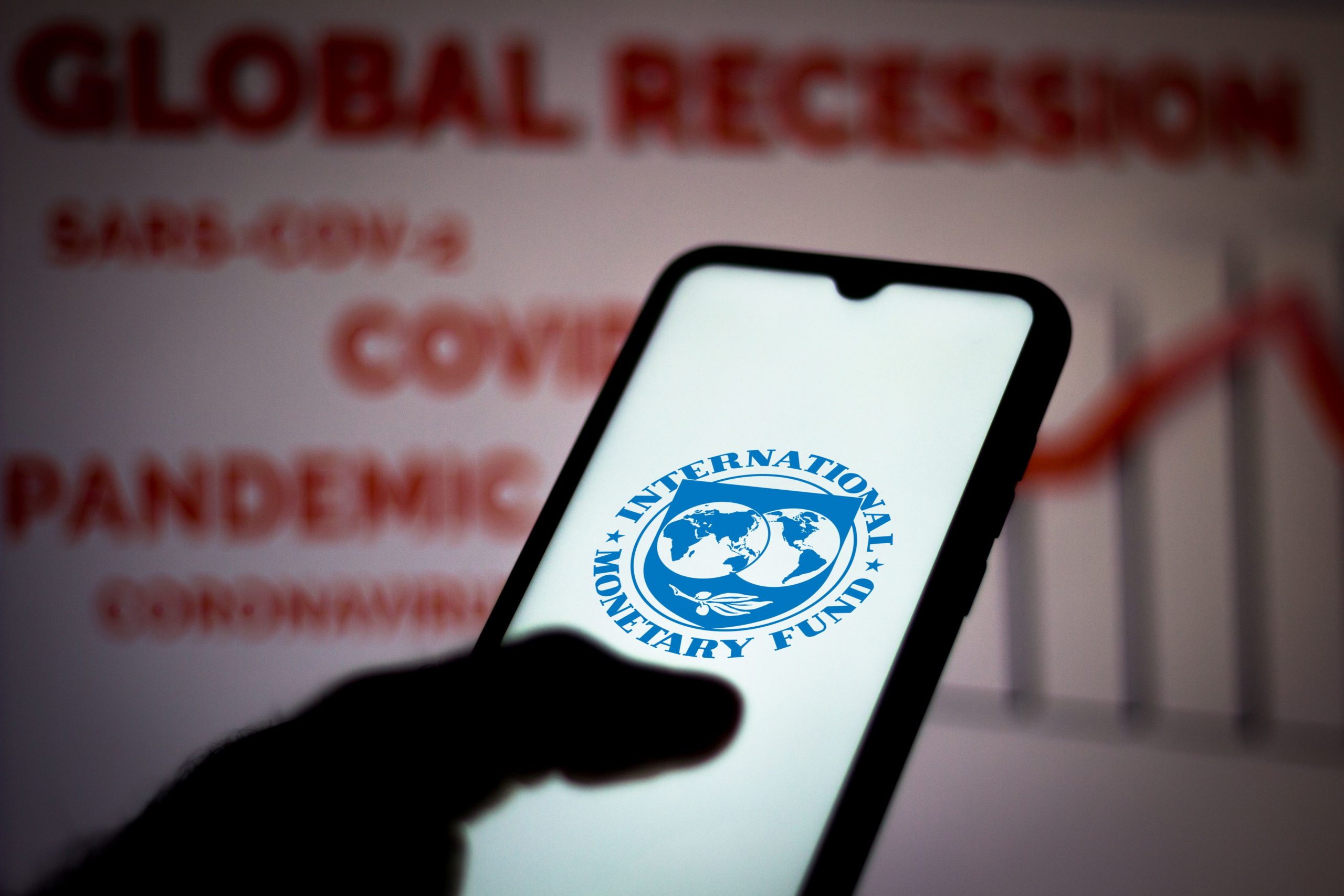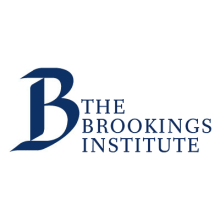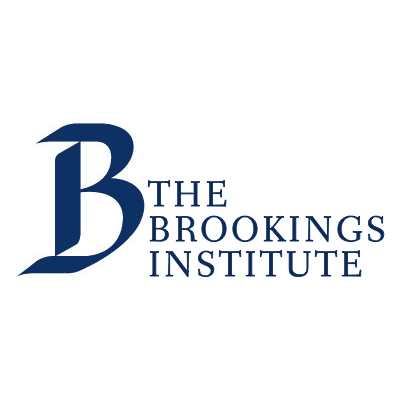
In August 2020, as a response to the pernicious impact of the COVID-19 pandemic on the global economy and on the finances of member states, the International Monetary Fund (IMF) decided to issue $650 billion of special drawing rights (SDRs). Conceptually, SDRs are a form of unconditional financing for addressing urgent liquidity challenges.
SDRs were created in the late 1960s as a precautionary mechanism to address potential sovereign liquidity shortfalls in the context of the rigid monetary order of fixed exchange rates of the Bretton Woods system. SDRs were designed to serve as a low-cost reserve asset that could be sold by a government via the IMF acting as intermediary to another government and thereby converted into currency using an exchange rate pegged to a basket representing five of the world’s leading currencies. Currently, these five currencies are the U.S. dollar, the Chinese renminbi, the euro, the Japanese yen, and the British pound sterling. SDRs are not technically the IMF’s currency but a claim on reserves. To that effect, SDRs are not money per se but rather a means to establish a line of credit with a sovereign lender (government) acting as buyer of SDRs. Besides paying a low rate of interest on SDR use, countries benefit from the absence of refinancing risks imposed by conventional maturities. For foreign currency-strapped economies, many emerging markets, and lower-income economies in Africa, SDRs can, therefore, provide the immediate means to pay for vaccines and/or other health care investments.
The Good
As the pandemic has wreaked havoc on both developed and developing country finances, the IMF moved to address the liquidity shortfalls in the global economic system and help provide financing for many countries. Given the pronounced contraction in output and employment, this injection of liquidity represents a lifeline to countries with scarce reserves. SDRs buy time as they can be used to finance critical expenditure, build reserves, and service debts, although they do not provide a long-term remedy for underlying problems. In operational terms, the IMF SDR department facilitates the exchange of existing SDRs between countries and reduces any transaction costs.
The Challenging
The formula for SDR allocation is based on a country’s quota within the IMF, which reflects its relative position in the world economy (Table 1). The problem with the SDR allocation is that richer countries receive more than poorer countries. In fact, barely 3 percent of the $650 billion total in pandemic response went to low-income countries, and only 30 percent went to middle-income emerging markets. In other words, the countries that are most in need of financial relief and support are not the top beneficiaries of the SDRs. Instead, countries like the U.S., which can print its money, and China, which has several trillions in reserves, benefit the most.
Related Content
This disconnect occurs because SDRs were created to address potential liquidity shortfalls in an entirely different monetary system rather than in the present context. As a result, experts are proposing reforms to this system. In October 2021, the IMF began building support among members for a proposed “Resilience and Sustainability Trust”—a funding mechanism that would allow richer countries to channel their IMF reserves to poorer countries in need. By lending at cheaper rates and with longer maturities than the IMF’s traditional lending terms, and with funding targeted toward areas such as climate and pandemic preparedness, the trust could help channel funds toward development projects. Another potentially good option is for the IMF to work closely with the regional development banks, such as the African Development Bank, to channel some of the SDR financing through the regional bank’s lending program. Given the regional banks’ proximity to the client, this approach could help to ensure greater links to the development strategies and programs of member states.
Table 1. Select country SDR quotas and SDR allocations
| Country | Quota (%) | Allocation (USD billions) |
| USA | 17.43 | 79.5 |
| China | 6.4 | 29.2 |
| France | 4.23 | 19.3 |
| United Kingdom | 4.23 | 19.3 |
| Nigeria | 0.52 | 2.4 |
| South Africa | 0.64 | 2.9 |
| Cote d’Ivoire | 0.14 | 0.62 |
| Kenya | 0.11 | 0.52 |
| Mali | 0.04 | 0.18 |
Source: IMF.
The Uncertain
SDRs were not originally designed as open-ended cash transfers. For one, SDRs are not included in the assessment of debt sustainability. While the SDRs can provide liquidity, there is no mechanism for ensuring that money is used productively and reaches those in need. Conversion of SDRs into foreign currency happens on a sovereign level with few strings attached, meaning multilateral leaders cannot ensure that the SDRs are properly used for COVID-19 relief. There is also no discrimination between progressive or dictatorial countries in terms of SDR allocation. Some of the SDRs can end up being used by developing-country governments to pay debt service to public and private creditors in the absence of debt restructuring. For instance, SDRs can be used to boost reserves in Nigeria and South Africa, to pay back debt in the case of Argentina or, in the case of the CFA franc zone, especially in countries like Equatorial Guinea and Republic of Congo, to postpone necessary governance and exchange rate reforms. In this context, it would be good to have oversight by international experts to ensure SDRs are used for developmental impact. However, even assuming effective governance frameworks, for low-income African countries, the flows of SDRs may be too low to have a strong impact anyway.
Conclusion
Unless we believe limited liquidity shortfalls of a more-or-less temporary nature are the only consequence of current macroeconomic and public health stresses, policymakers should not just fall back on SDRs to avoid the more complex questions typically raised in the context of conventional debt or more permanent financial transfers. Beyond a limited (and welcome boost), liquidity SDRs appear to be an imperfect substitute for a financing package able to serve both specific pandemic relief and long-term development objectives. In sum, SDRs represent a second-best solution to a complex problem, with clear advantages and clear shortcomings.


